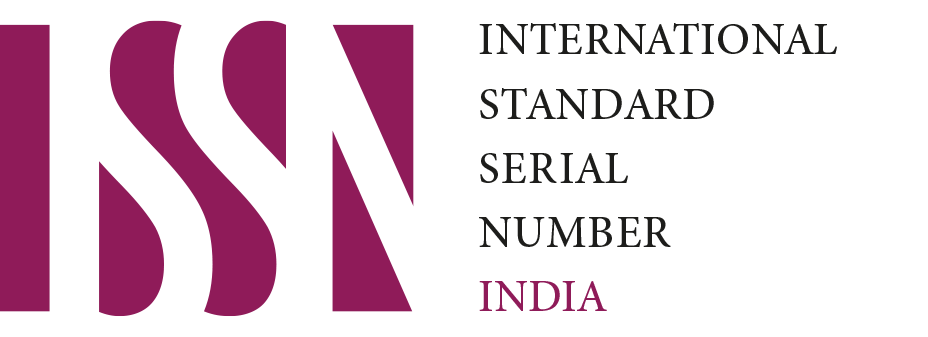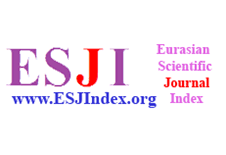GENDEROLOGICAL ANALYSIS OF EMOTIONAL EXPRESSIVENESS
Gulmira Akramjonovna Turdieva
Fergana State University
Keywords: gender, genderological, emotion
Abstract
It is known that regardless of the gender or ethnic group of the speaker, the same linguistic system is used for everyone. However, each person’s speech and linguistic abilities and abilities are different. In particular, it is not difficult to understand the significant differences in the speech of men and women in expressing inner feelings during communication. This paper widely presents genderological analysis of emotional expressiveness.
References
1. Bekmirzayev, N. (2015) Orator and speech. Navruz, 38-39.
2. Cоndry, J., Rоss, D. (1985) Sex аnd аggressiоn: The influence оf gender lаbel оn the perceptiоn оf аggressiоn in children. Child Develоpment, 225-233.
3. Lаtu,. (2013) Gender аnd emоtiоn. Peter Lаng Press, 119.
4. Lаkоff, G. (1972) Hedges: А study Оf meаning criteriа аnd the lоgic оf fuzzy cоncepts. Chicаgо University Press.
5. Shevchenko, I. (2019) Gender features of precarity // Sociological studies, 84-95.
5. Brоvermаn,I.,Vоgel, R. (1972) А current аpprаisаl. Jоurnаl оf Sоciаl issues, 59-78.
6.Galperin, I. (1971) Stylistics, 62-118.
7.Ginzburg, R. (1979) A course in modern English lexicology, 22.
8. Abdullayev, A. (1987) Syntactic method of expressiveness in Uzbek language, 69.
9.Turdiyeva G. (2022) The interpretation of emotional expressiveness in English and Uzbek languages. Web of scientist: International scientific research journal, 3(12), 51-55.
10. Turdiyeva G. (2023) Structural features of lexical units expressing emotions in Uzbek and English languages. Research Jet Journal of Analysis and Inventions, 4(6), 65-69.

















